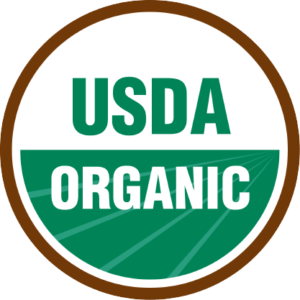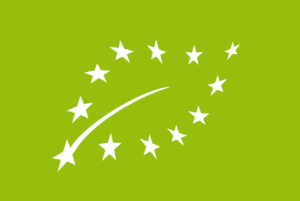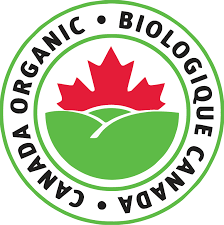OVERCOMING THE CHALLENGES OF ORGANIC BAKING
Preparing Organic Baked Goods
Regulations pertaining to organic yeast changed throughout the last decade in Europe and the US. Production guidelines were updated, and now yeast has to be considered in organic baking recipes.
There are equivalence agreements between different countries, meaning that organic products made and certified in one country are recognized also in another country. For instance, organic products made in the EU can also be labeled, represented and sold in Canada, the US, and certain other countries.

United States
In 2002, the U.S. Department of Agriculture (USDA) developed national standards for organic food production and handling. Until October 21 2012, allowances were made for noncertified minor ingredients in products labelled as organic. However, distinctions are now made between products with varying levels of organic ingredients:
In the US, federal legislation defines three levels of organic foods:
1. Products made entirely with certified organic ingredients and methods can be labeled ‘100% organic’ and display the USDA Organic seal.
2. Products with at least 95% organic ingredients may be labeled ‘organic’ and display the USDA Organic seal.
3. Products with a minimum of 70% organic ingredients and may be labeled ‘made with organic ingredients’ but may not display the USDA Organic seal.

Europe
Council Regulation (EC) No 834/2007 defines organic production and labeling in the EU. The certification is handled on member-state level. The use of the EU organic logo for organic products made in the EU has become mandatory since July 2010. A products can be labeled organic if it mainly contains ingredients from agricultural origin and a minimum of 95% of these are derived from organic agriculture. Additionally, the product also needs to comply with the production rules laid down in the EU organic regulations. The certifying body’s code number and the EU or non-EU origin of the agricultural products needs to be indicated next to the organic logo as well . If less than 95% of the agricultural ingredients are organic, the term can be used in the ingredient list only.

Canada
Organic certification was implemented at the Canadian federal level on June 30, 2009. Certification is mandatory for agricultural products represented as organic in import, export, and inter-provincial trade or that bear the federal organic logo. In Quebec, provincial legislation provides government oversight of organic certification within the province, through the Quebec Accreditation Board (Conseil D’Accréditation Du Québec).
